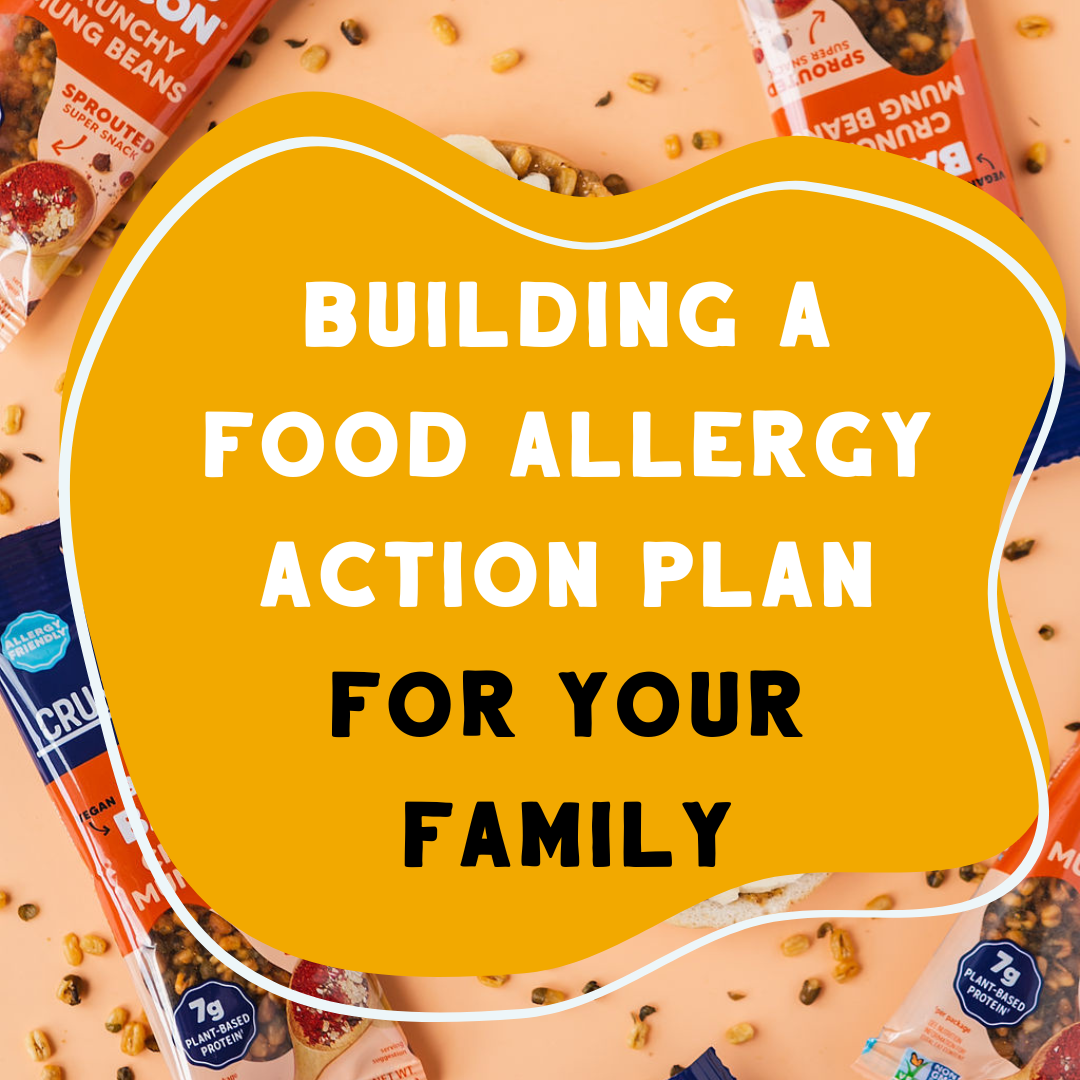

Building a Food Allergy Action Plan for Your Family
Managing food allergies can feel overwhelming, but being prepared is the key to keeping your child safe. A well-structured Food Allergy Action Plan not only helps you stay organized but also ensures that everyone—whether at home, school, or elsewhere—knows exactly how to handle an allergic reaction. In this article, we’ll guide you through creating a comprehensive food allergy action plan for your family, covering everything from identifying allergens and establishing emergency protocols to communicating with caregivers and educators.
Step 1: Work with Your Doctor to Identify and Document Allergens
The first and most crucial step in building your Food Allergy Action Plan is to work closely with your doctor or allergist. They will help you identify and document your child’s specific allergens and create a medically sound plan for managing potential reactions. A doctor will not only confirm the allergens but also provide detailed instructions for treatment, including when and how to use medications like epinephrine.
The plan should include:
- Confirmed allergens: Your doctor will list all food allergens and any cross-reactive foods.
- Symptoms to watch for: Clear identification of mild and severe allergic reactions, customized to your child’s needs.
- Medications and doses: Prescribed medications (e.g., antihistamines, epinephrine), with exact instructions on when and how to administer them.
For more information on creating a Food Allergy Action Plan, see this guide from FARE (Food Allergy Research & Education).
Step 2: Establish Emergency Protocols
An essential component of your Food Allergy Action Plan is preparing for emergencies. Make sure that your doctor includes detailed, step-by-step instructions on how to respond in the event of an allergic reaction. This is where emergency care plans—such as the Food Allergy & Anaphylaxis Emergency Care Plan from FARE—can help outline the necessary actions.
Your emergency protocols should include:
- Recognizing symptoms: Make sure everyone understands the signs of an allergic reaction, from mild to severe symptoms.
- Administering medication: Your doctor can provide guidance on when and how to use epinephrine auto-injectors and antihistamines.
- Calling for help: Ensure that caregivers and educators know when to call 911 and what information to provide to emergency responders.
Recent Update from FARE:
FARE has updated their Food Allergy & Anaphylaxis Emergency Care Plan to now include guidelines on who is approved to self-carry and self-administer epinephrine, and has also expanded treatment options to include a newly approved intranasal epinephrine spray. This makes it easier for those managing food allergies to ensure they have an updated, accessible emergency plan.
Step 3: Communicate with Caregivers and Educators
It’s important that anyone responsible for your child—whether it’s a family member, babysitter, or teacher—knows how to handle food allergies. Make sure to share your Food Allergy Action Plan with them, and go over key details, such as:
- Foods to avoid: Share a detailed list of allergens and remind caregivers about reading food labels and preventing cross-contamination.
- Emergency protocols: Ensure that caregivers know what to do in the event of a reaction, including how to administer epinephrine and when to call for help.
- Allergy-safe snacks and meals: Provide caregivers with allergy friendly snack ideas or meals, so they don’t have to guess what’s safe for your child.
For educators and schools, request a meeting to discuss your child’s specific needs. Most schools will already have procedures in place, but be sure your action plan aligns with their protocols, such as creating an Individual Health Care Plan (IHCP) or a Section 504 Plan to ensure legal accommodations are in place. For more about these school plans, refer to Kids with Food Allergies' School Health Care Plans
Step 4: Pack and Prepare
Make sure your child always has access to their emergency kit. Your kit should include:
- Epinephrine auto-injectors: Ensure they are not expired and have them readily available in key locations (school, home, outings).
- Antihistamines: For mild allergic reactions.
- Copies of the action plan: Place a copy in your child’s backpack and with caregivers and school staff.
Step 5: Regularly Review and Update Your Plan
Your child’s needs may change over time, so it’s important to regularly review and update the Food Allergy Action Plan. Check the expiration dates on medications, and adjust the plan as your child gets older or if there are changes in allergens. Continue to communicate with new caregivers or teachers to ensure everyone understands the updated plan.
Empowering Your Family with Preparedness
A well-prepared Food Allergy Action Plan, created in collaboration with your doctor, is your family’s best defense against allergic reactions. By identifying allergens, establishing emergency protocols, communicating with caregivers, and keeping essential medications on hand, you can ensure that everyone is ready to act if needed. With the right plan in place, you can help your child live safely and confidently with their food allergies.
For more resources, visit FARE’s Food Allergy Emergency Care Plan and Kids with Food Allergies.
